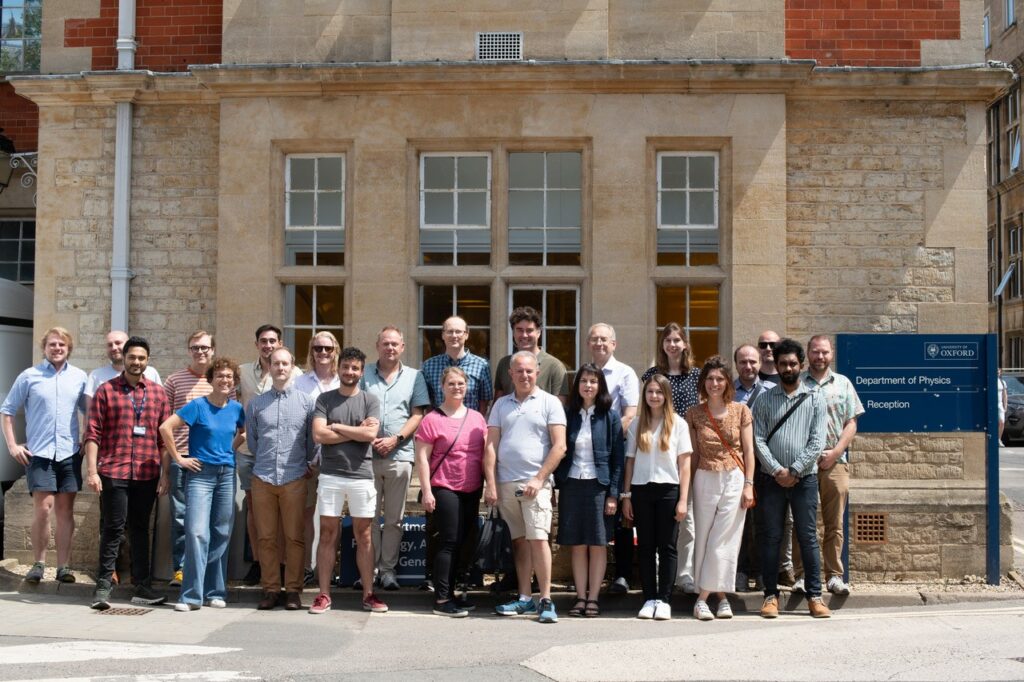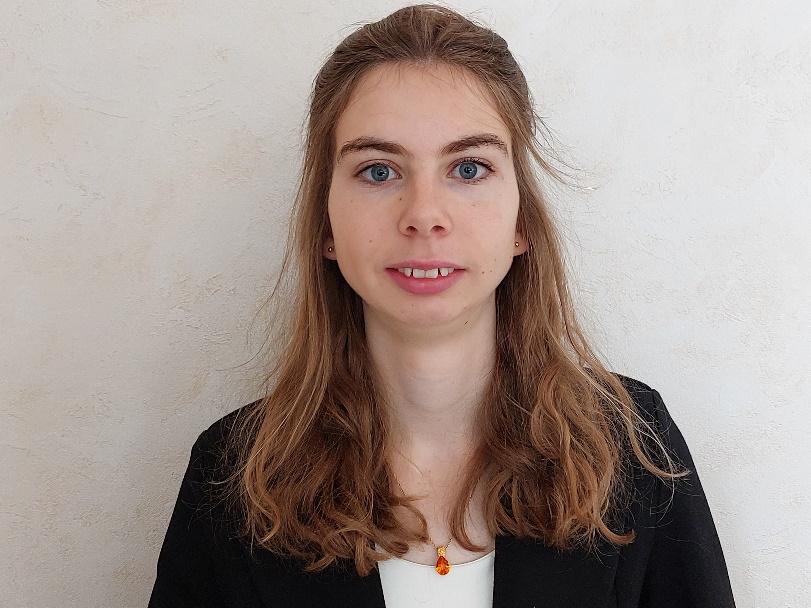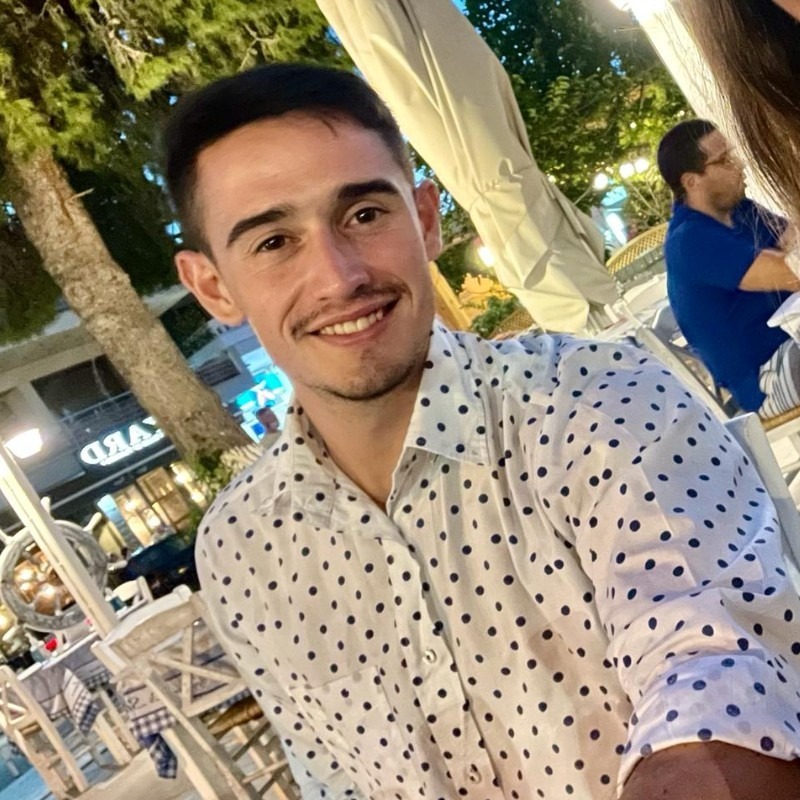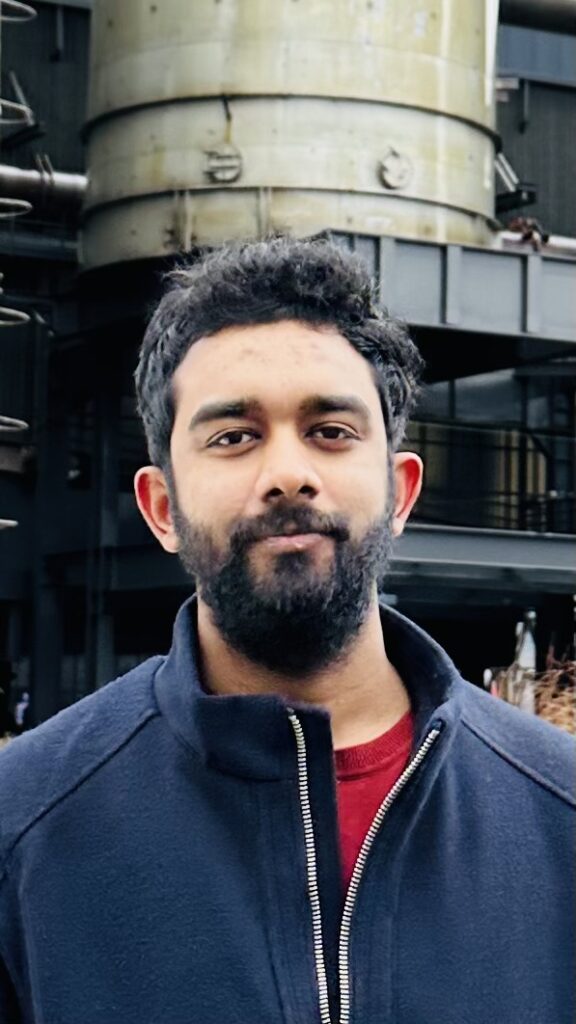
6 month meeting in Oxford and project partners interview
On June 15 the VALHALLA team members met for their 6M meeting in Oxford.
They had the chance to exchange on each work package, discuss future possibilities and visit the Oxford labs.
Also, some project partners agreed on doing an interview in order to find out more about them and their work.
Today you can find out about what Fransien Elhorst (RUG), Javier Enrique Sebastian Alonso (UVEG) and Afzal Khan Peerukhan (ULiège) are working on and what they will be working on in the future.

What are you working on for VALHALLA?
The University of Groningen is responsible for identifying the dominant loss mechanisms driving solar cell degradation. We achieve this by device modeling, which involves studying physical parameters such as mobilities, recombination rates, interface trap densities and ionic densities.
What results were you able to present to partners in the M6 meeting?
Our research efforts have been focused on implementing impedance spectroscopy and intensity-modulated photocurrent spectroscopy (IMPS), into our device model. These characterization techniques are now available on the website: simsalabim-online.com
What will you be working on over the coming months?
By analyzing the experimental data obtained form our partners and comparing it to the results of our computer simulations, we aime to determine the specific layers or interfaces where most of the recombination losses occur. This information will help us identify the layers that need improvement, in order to enhance the performance of the prepared perovskite/perovskite tandem solar cells.
What are you working on for VALHALLA?
I am a Ph.D. student of Molecular and Opto-Electronic Devices that belongs to VALHALLA´s project. My main responsibility is the fabrication and characterization of solar cells fabricated via scalable processes (co-evaporation, pulse laser deposition, sputtering, and atomic layer deposition) on rigid as well as flexible substrates. Finally, the aim is to scale up the processes, automate them, and increase the size of the solar cells that we fabricate. Thus, I am also doing modeling of tools in order to adapt our equipment to large-area production.
What results were you able to present to partners in the M6 meeting?
In my case, I presented results about the stability of our devices under stresses that try to simulate the degradation of solar cells over time. In this way, we try to foresee how promising the different solar cell stacks are for future real-world applications.
What will you be working on over the coming months?
Since we have so many challenges to overcome, I basically work on everything mentioned above. However, the main focus for the close future is to increase our stability, work on flexible substrates (i.e. foils), and fabricate larger area solar cells.


What are you working on for VALHALLA?
The University of Liège is working on WP5 – Environmental Hotspots and Circularity and is also the leader of WP5. The main objectives are: Eco-design of the PV systems including guidelines for responsible material sourcing. As well as determine the final environmental impact of perovskite-based PV systems.
What results were you able to present to partners in the M6 meeting?
What results were you able to present to partners in the M6 meeting? We didn’t obtain any results yet, we had a discussion about the LCA inventory, which is in preparation, and we discussed how to get one point of contact from each partner.
What will you be working on over the coming months?
I will be sending the tailored LCA inventory to each partner (the initial inventory is complicated for partners), an initial LCA modeling in Simapro as well as, comparing different materials according to their environmental impact for sustainable material selection.